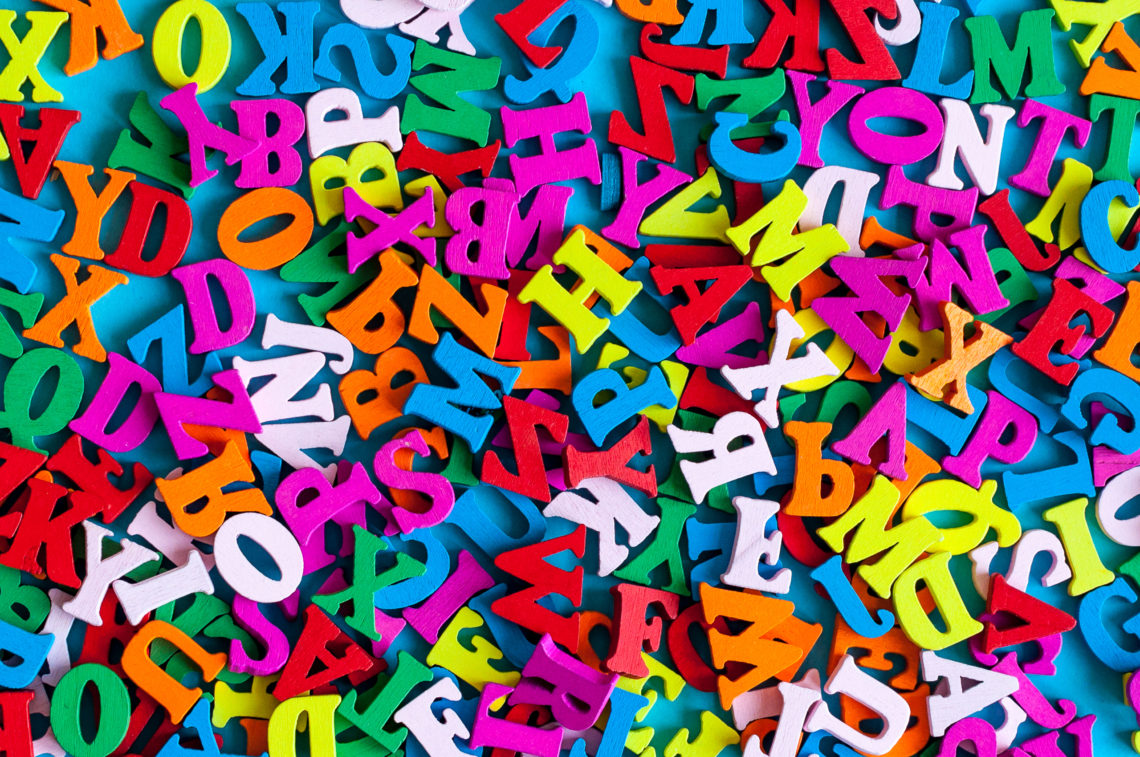
Benefits of Using Word Walls in Secondary Education
Word walls are common things to see in elementary school classrooms. But, as the students get older and older, you begin to see them less. Word walls still have use in secondary classrooms.
Benefits for English Language Learners
Students who are English Language Learners could benefit the most from having word walls in middle school or high school classrooms. These students are constantly trying to comprehend what they’re reading or hearing, translate it into their native language, and then formulate a response and translate it back. This can be exhausting. Providing these students with a word wall with commonly used and taught vocabulary words could help them recall the information quicker. It would also be useful for these students to have visuals paired with the words on the word wall.
For more strategies for working with Language Learners, check out: Strategies for Working with English Language Learners.
Benefits for students with disabilities
Students who struggle with retention or recall often have difficulty committing new information to memory. For these students, using a word wall to help them recall information saves them time and frustration.
Creating stronger writers
Giving students easy access to vocabulary words will help them incorporate it into their writing. If students are writing and they have a word that they are struggling to recall, they are probably going to give up easily. When they give up, they will choose a synonym they are more familiar within their writing. This often results in students not using grade-level vocabulary in their writing.
Word walls will help them recall these new and more complex words while they are completing in-class writing assignments. The more they use these vocabulary words, the more they will be committed to memory. This will help them cement these words into their brains and slowly mature their writing.
“Dead” word walls
Some teachers use word walls to show the words that students should no longer be using in their classrooms. Under words like “bad,” “good,” or “said” teachers hang up more mature synonyms. This will actively help students while they are writing to make their writing more grade-level appropriate because the information is readily available.
Also, Check-Out:
Pre-Reading Strategies in Middle School
Get your free IEP summary page!

Subscribe to get our latest content by email.






